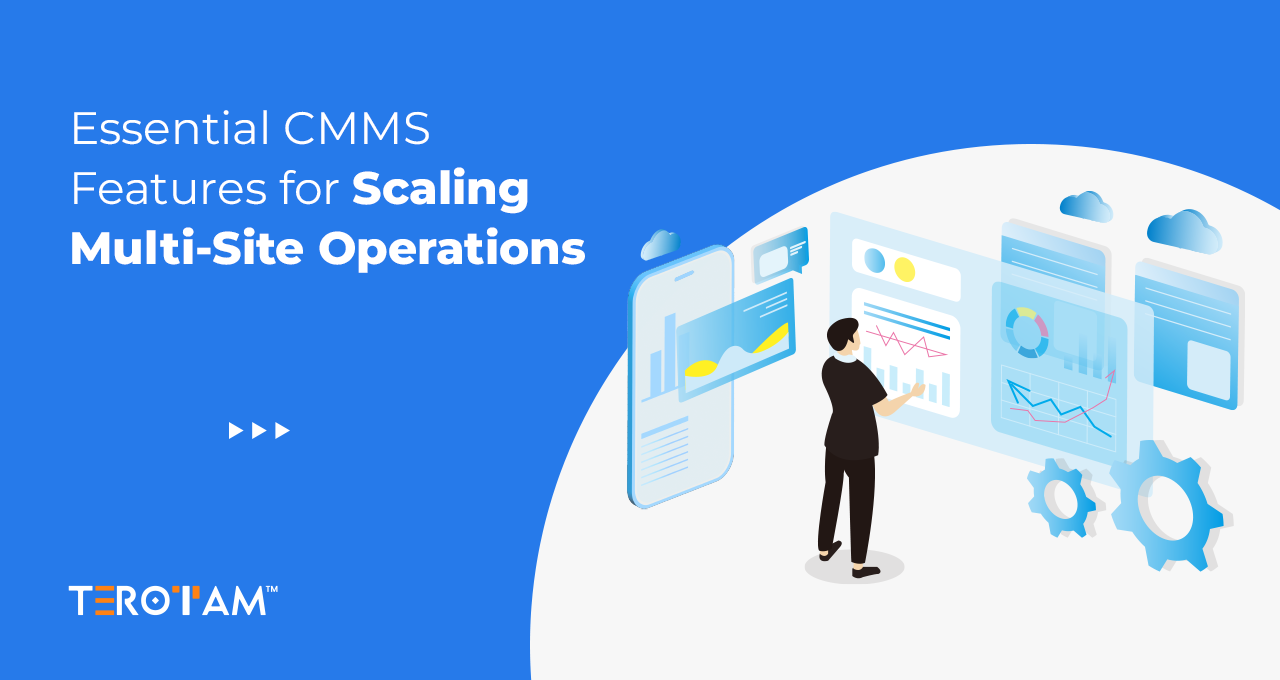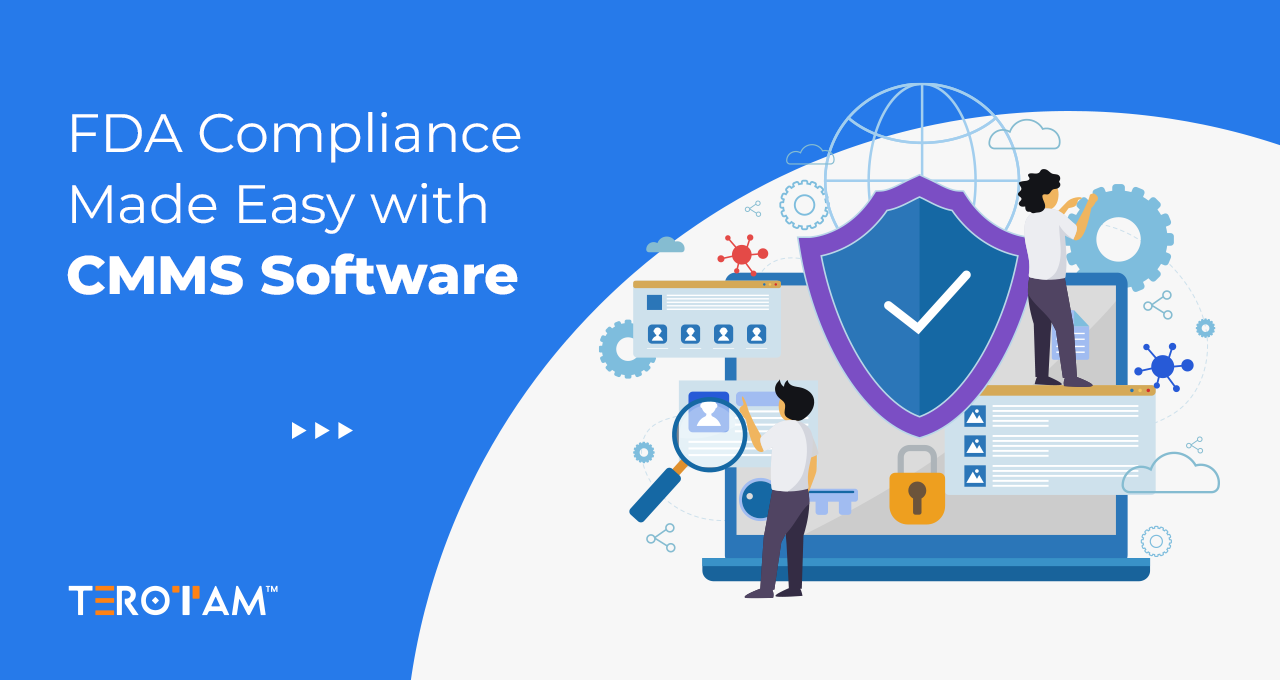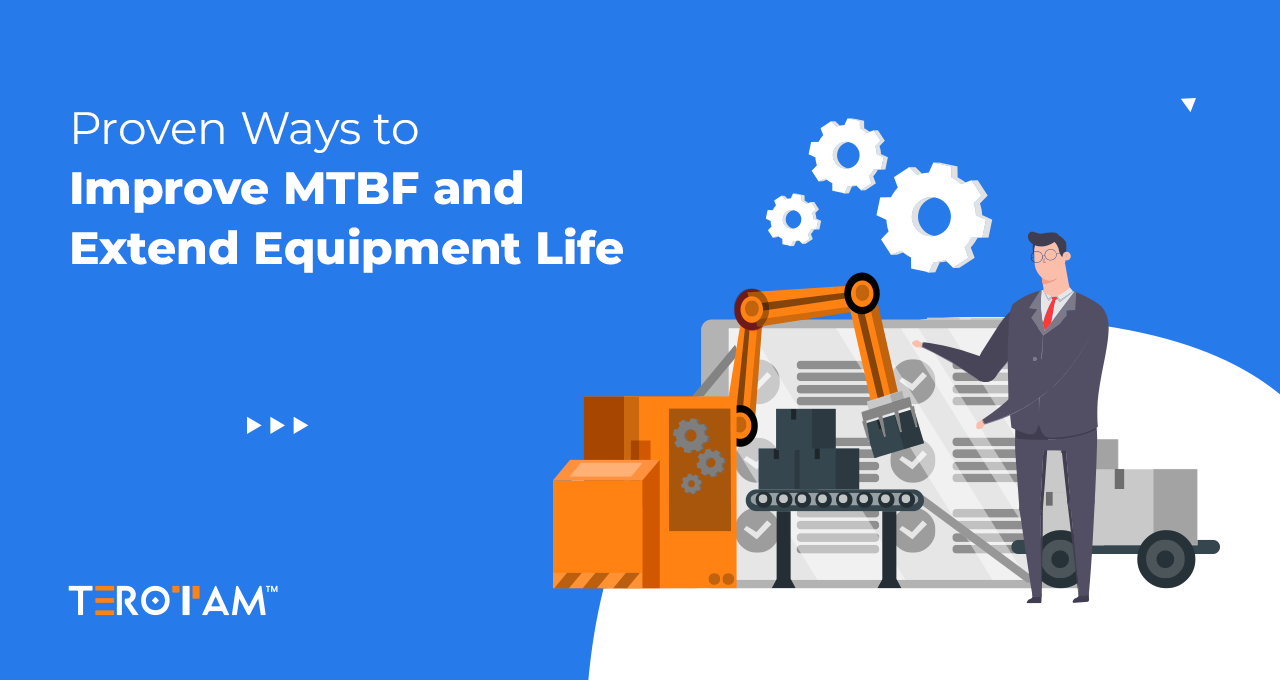Technology integration has become imperative for streamlined operations and enhanced efficiency in the maintenance management field. One such pivotal advancement is adopting a Mobile Computerized Maintenance Management System (CMMS).
In 2025, the significance of Mobile CMMS cannot be overstated, as it revolutionizes traditional maintenance practices and empowers organizations to optimize their resources effectively.
What Is a Mobile CMMS?
Mobile CMMS, or Mobile Computerized Maintenance Management System, is a software solution that facilitates maintenance operations by enabling access to critical data, work orders, and asset information via mobile devices such as smartphones and tablets. It empowers maintenance teams to manage tasks, track assets, and streamline real-time communication, regardless of location.
4 Challenges With Traditional Manual Maintenance Systems
Traditional manual maintenance systems are plagued with challenges that hinder operational efficiency and productivity.
These challenges include:
- Paper-based documentation: Relying on manual paperwork for maintenance logs and work orders is time-consuming and prone to errors and mismanagement.
- Limited accessibility: Accessing maintenance data and asset information is restricted to specific locations, making it difficult for technicians to address issues promptly.
- Lack of real-time updates: In traditional systems, the lack of real-time updates leads to delays in decision-making and reactive maintenance practices.
- Inefficient communication: Communication gaps between maintenance teams, supervisors, and management often result in miscommunication and delayed responses to maintenance requests.
How Is Mobile CMMS Solving the Bottlenecks of Traditional Maintenance Systems?
Mobile CMMS (Computerized Maintenance Management System) serves as a transformative solution to the inherent limitations of traditional maintenance systems by leveraging advanced technological capabilities. Here’s a deeper dive into how Mobile CMMS addresses these bottlenecks:
1. Enhanced Accessibility Through Cloud Integration
- Utilizes cloud technology for storing maintenance data and work orders.
- Enables technicians to access critical information from any location with internet connectivity.
- Eliminates constraints of physical access to centralized databases.
- Facilitates remote troubleshooting and prompt initiation of maintenance tasks.
2. Real-Time Updates and Synchronization
- Ensures real-time synchronization of data between mobile devices and the central database.
- Push notifications and automatic updates notify technicians of changes in work orders, asset status, or inventory levels promptly.
- Provides technicians with the latest information for informed decision-making and task prioritization.
- Reduces the likelihood of reactive maintenance practices by fostering proactive decision-making.
3. Seamless Communication Channels
- Integrates robust communication features for efficient collaboration among maintenance teams, supervisors, and stakeholders.
- In-app messaging, instant notifications, and task assignments facilitate streamlined communication channels.
- Supports multimedia attachments such as images, videos, and technical documentation for better problem diagnosis and resolution.
- Reduces response times and improves overall coordination among team members.
4. Digital Documentation and Compliance Management
- Replaces manual paperwork with digital documentation for maintenance records, compliance documentation, and audit trails.
- Provides a secure and centralized repository for storing maintenance logs, inspection reports, and compliance certificates.
- Ensures data accuracy, mitigates information loss risk, and effortlessly facilitates regulatory compliance.
- Customizable reporting tools enable the generation of detailed analytics and performance metrics for informed decision-making and continuous improvement initiatives.
Key Benefits of Mobile CMMS Software
The adoption of Mobile CMMS offers a multitude of benefits for organizations, including:
1. Predictive Maintenance Capabilities:
Mobile CMMS harnesses advanced analytics and machine learning algorithms to predict equipment failures before they occur. With analyzing historical maintenance data and asset health indicators, Mobile CMMS assists in scheduling proactive maintenance activities, thereby minimizing unplanned downtime and reducing the risk of costly equipment failures.
2. Integration with IoT Devices:
Mobile CMMS seamlessly integrates with Internet of Things (IoT) devices to monitor asset performance in real-time. Collecting data from sensors embedded in equipment allows Mobile CMMS enables organizations to detect anomalies and deviations from normal operating conditions, facilitating proactive maintenance interventions and optimized asset reliability.
3.Remote Diagnostics and Troubleshooting:
Technicians can remotely access equipment diagnostics, service manuals, and troubleshooting guides through Mobile CMMS, regardless of location. This capability empowers technicians to diagnose issues remotely, reducing the need for on-site visits and minimizing downtime associated with equipment failures, ultimately improving response times and operational efficiency.
4. Energy Management and Optimization:
Mobile CMMS systems analyze energy consumption patterns and identify opportunities for optimization. Implementing energy-saving strategies based on energy usage data analysis, allows organizations to reduce operational costs, minimize environmental impact, and ensure compliance with regulatory requirements, contributing to long-term sustainability goals.
5. Scalability and Customization:
Mobile CMMS platforms offer scalability and customization options to meet the evolving needs of organizations. With the ability to scale up to accommodate growing asset portfolios and expanding maintenance requirements, Mobile CMMS systems also provide flexibility for customization to align with specific industry requirements and operational workflows, supporting continuous improvement initiatives.
6. Enhanced Security and Data Protection:
Mobile CMMS systems focus security and data protection by employing strong safeguards such as encryption techniques and access controls. Mobile CMMS platforms reduce the risk of data breaches while also maintaining compliance with industry standards and laws.
7. Optimized Inventory Management:
Mobile CMMS allows for real-time tracking and automating inventory procedures, allowing businesses to optimize inventory levels and save carrying costs. Mobile CMMS reduces stockouts and assures key component availability by automating replenishment operations and issuing purchase orders based on established thresholds, hence increasing asset uptime and operating efficiency.
8. Mobile Work Order Management:
Mobile CMMS enables technicians to handle work orders directly from their mobile devices, receiving real-time notifications and alerts for new work orders and pending jobs. This mobile functionality improves workflow efficiency, eliminates paperwork, and lowers administrative costs, allowing technicians to access essential information and cooperate effectively regardless of their location.
Conclusion
The adoption of Mobile CMMS is instrumental in revolutionizing maintenance management practices in 2025 and beyond. Mobile CMMS empowers organizations to optimize their maintenance operations, improve efficiency, and achieve sustainable growth by overcoming the challenges of traditional manual systems and offering enhanced accessibility, real-time updates, and streamlined communication.
Wanted to have more insights on Mobile CMMS and its benefits to your business? – Connect with our experts now or write us at contact@terotam.com








